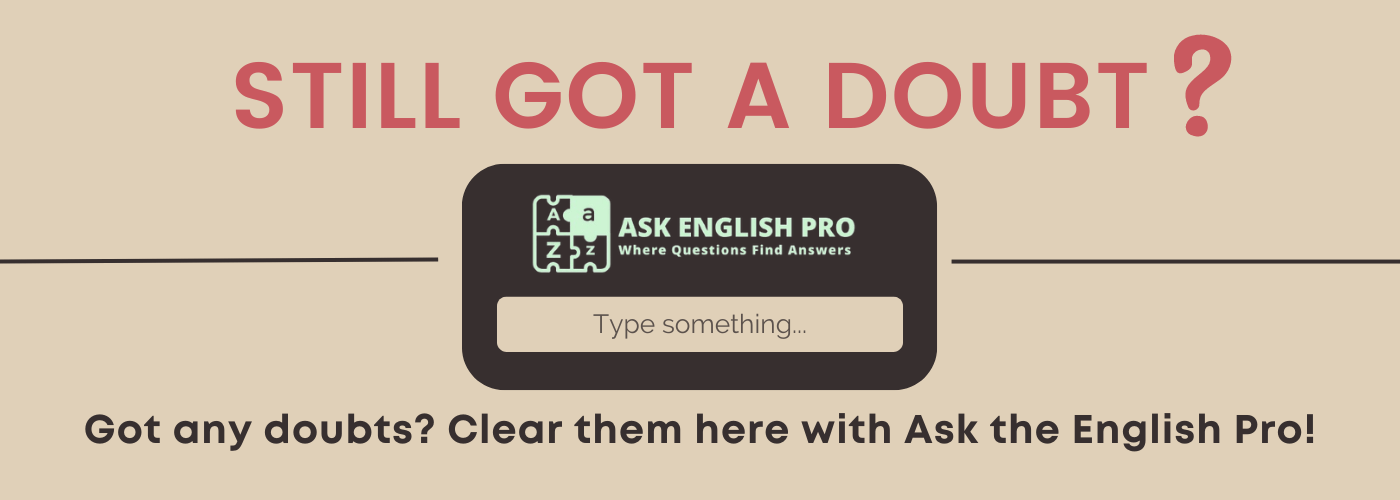The Origin of Allay: From Past to Present
Introduction to the Origin of Allay
The word “allay” is a subtle yet powerful term used to describe the act of reducing intensity or soothing distress. Its etymology spans centuries, reflecting linguistic evolution and cultural shifts in human expression. Exploring the origin of “allay” unveils a rich history that demonstrates how language adapts to convey complex emotions and states of being. The word’s enduring relevance underscores its utility and elegance in both casual and literary contexts.
Tracing the History of Allay
The roots of “allay” can be traced back to Old English, where it originated from the word ālecgan, meaning “to put down” or “to lay aside.” This term combines the prefix a-, indicating motion or direction, with lecgan, meaning “to lay.” Over time, the meaning of “allay” evolved from a literal sense of laying down to a metaphorical sense of calming or reducing. By the Middle English period, it had acquired the nuanced meanings of alleviating pain, easing fears, or mitigating tension, cementing its place in the English lexicon as a versatile verb for comfort and reduction.
The Cultural Journey of Allay
Throughout history, “allay” has featured prominently in literature and other forms of expression to depict solace, reassurance, and tempering of emotions. Poets and authors have employed the word to evoke a sense of relief or pacification, such as in descriptions of calming tumultuous seas or easing troubled minds. In Shakespearean plays and Victorian literature, “allay” often appears in contexts of conflict resolution or emotional healing. Its usage in spiritual and philosophical texts underscores its role as a symbol of inner peace and harmony.
Modern-Day Relevance of Allay
In today’s language, “allay” continues to serve as a refined way to describe actions that soothe or reduce negative feelings. Commonly used in both professional and personal conversations, it finds applications in contexts ranging from healthcare to conflict management. For example, one might allay a colleague’s concerns or allay public fears during a crisis. Its enduring relevance reflects a timeless human need to alleviate distress and foster calm.
Bonus Tip: Use “allay” in a sentence, e.g., “The counselor’s words helped to allay the student’s anxiety about the upcoming exams.”
Why Allay Matters
The origin and evolution of “allay” highlight the beauty and utility of language in expressing human experiences. By tracing its journey through history, we gain insight into the ways people have sought to describe and achieve calmness and reduction of tension. Understanding the etymology of “allay” enriches our appreciation of its elegance and reinforces its importance as a tool for communication and connection in our daily lives.



















